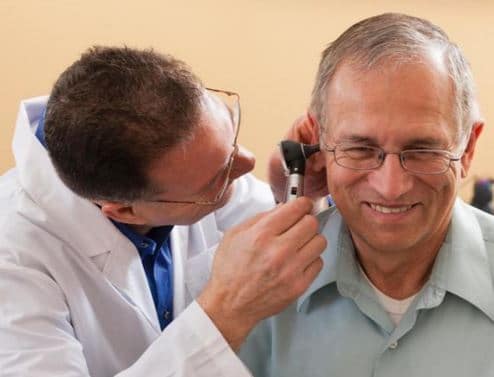On April 21st the FDA heard several hours of arguments both in support and against recent PCAST guidance on the deregulation of hearing aids in order to improve affordability and accessibility for consumers. A broad range of experts, including audiologists, physicians, scientists and consumer advocates presented data to support their respective view of the possible changes to how hearing aids and PSAPs are regulated.
Some of the noteworthy questions discussed at the April 21st Workshop included:
- Do individuals with hearing loss of adult onset need an audiological or medical exam prior to using a hearing device?
- Would Medicare reimbursement for hearing aids boost their uptake?
- In the current hearing aid regulatory environment, do consumers really have a choice with respect to product and delivery options?
- Given their current uneven performance criteria, how should PSAPs be regulated?
The issues debated at the FDA Workshop received national attention, as the New York Times and Bloomberg Businessweek reported on the event. In an April 20 New York Times article, entitled Hearing Aid Prices Under Pressure From Consumer Electronics, Andy Pollack, who attended the recently concluded AudiologyNow conference in Phoenix provided an synopsis of a changing industry. The article refers to the oft-cited clash between industry incumbents and consumer electronic firms and those that support direct-to-consumer hearing care.
The following day, in a reference to President Obama expressing a desire to bring lower cost hearing aids directly to consumers, Paul Barrett of Bloomberg Businessweek presented the merits of changing the FDA hearing aid regulations from several perspectives, including those of Mead Killion, a member of the Consumer Technology Association’s PSAPs Standards Committee, and Carole Rogin, President of the Hearing Industry Association.
Research on Prevalence & Costs Associated with Hearing Loss
April has been newsworthy on several fronts. In addition to the national stories on the pending regulatory changes in the hearing industry, there were two other articles of relevance.
A recent study conducted by the Center for Disease Control (CDC), which received press in the US News & World Report, indicated that 1 in 8 U.S. workers have some degree of hearing loss. The research found mining to be the toughest industry on the ears, with 17% of employees having some form of hearing impairment, followed by 16% of construction workers and 14% of those in manufacturing having hearing loss.
The study, published in the April 21 issue of the CDC’s Morbidity and Mortality Weekly Report, emphasizes that occupational hearing loss is a permanent condition, but is entirely preventable condition when modern hearing protection is properly used.
Earlier in the month, the April 7thon-line edition of JAMA Otolaryngology Head & Neck Surgery published a study completed by researchers at the Medical University of South Carolina examining the costs of healthcare for a matched group of adults, 55 to 64 years of age, with and without a diagnosis of hearing loss.
Results of the study indicate middle aged people with a diagnosis of hearing loss had 33% higher healthcare payments over a 1.5-year time period compared to those without hearing loss.
Unlike other comparable studies demonstrating a link between untreated hearing loss in older adults and higher healthcare expenditures, this report is thought to be one of the first to indicate adults under the age of 65 with hearing loss had higher associated healthcare costs relative to similarly aged adults with normal hearing.
*title image courtesy usnews







